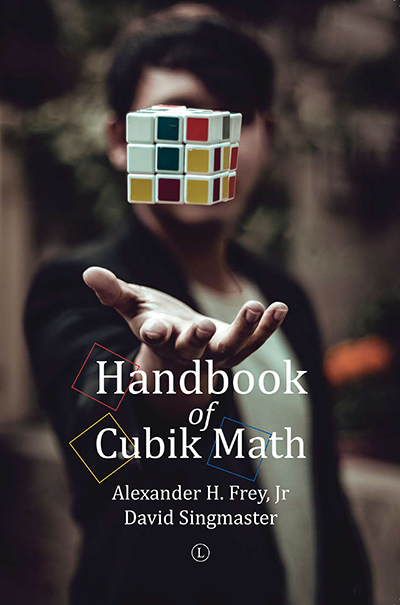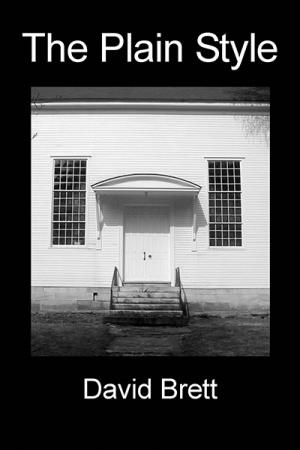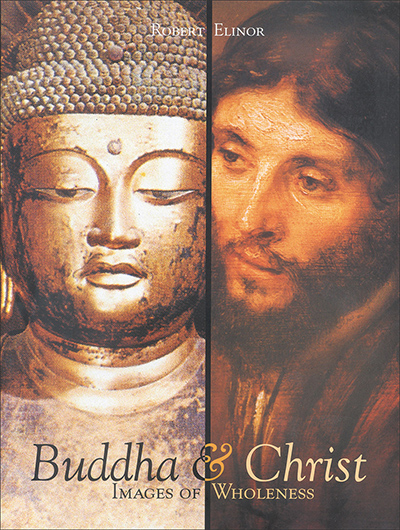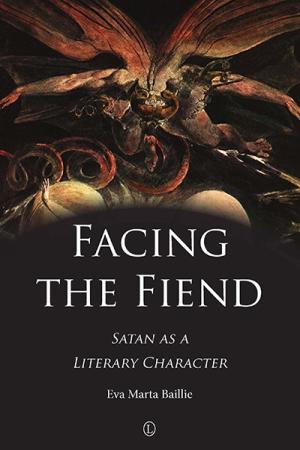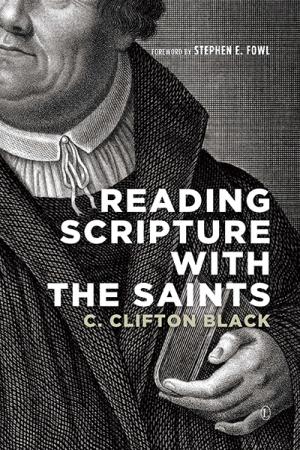Description
In thirty years, Rubik’s cube, invented by Erno Rubik, has established itself as a neverending source of delight, frustration and intellectual stimulation to children and adults alike. There is a large literature on the subject, but one of the few books to have established themselves as offering a serious contribution to the subject is Alexander H. Frey’s and David Singmaster’s Handbook of Cubik Math, first published in 1982.
Frey and Singmaster were the first to offer an elegant mathematical solution to the cube, doing it in a form that enables readers to understand the processes that have been undertaken. As a result the book has proved readily accessible to generations of high-school maths students and more advanced college students of algebra.
The solution is intuitive, and does not require memorisation of formulae. The authors demonstrate how movements of the cube exemplify the fascinating but abstract field of mathematics known as group theory. Using the cube as a model they make comprehensible and concrete the hard-to-understand ideas of group theory. Their hypothesis that the maximum number of moves required for ‘God’s Algorithm’ was in the low twenties was proved correct in 2008 by Tomas Rokicki, who showed that it was twenty-two.
In addition to showing how to solve Rubik’s cube, the authors explain the theory involved, and its application to similar puzzles. They also show how the cube provides a physical example for many mathematical concepts where such examples are scarce, and the book therefore provides a useful teaching aid.
About the Author
Dr Alexander H. Frey, Jr., received his PhD in Mathematics in 1960. He worked for over thirty years for IBM, and then for fifteen years on distributed file system technology. Now retired, he pursues his interest in the mathematical properties of many puzzles, including Sudoku and four and five dimensional Rubik’s cubes.
David Singmaster is recognised as the world’s leading authority on the mathematics of Rubik’s Cube. An American by birth and citizenship he was until his retirement a Lecturer in Mathematical Sciences at South Bank University, London, England. His earlier Notes on Rubik’s Magic Cube was described by Scientific American as “the definitive treatise”.
Contents
Preface
1. Introduction
2. A Cubik Orientation
3. Restoring the Cube
4. The What, Why, and How of Cube Movements
5. Improved Restoration Processes
6. The Cube Group and Subgroups
7. Permutation Structures and the Order of Groups
8. Advanced Restoration Methods
9. Epilogue
A. A Small Catalogue of Processes
B. Solutions to Exercises
Index
Endorsements and Reviews
The best book yet written – or likely to be written – on the wonders and the dark, unsolved mysteries of the cube
Martin Gardiner
Frey and Singmaster give a nicely blended discussion of specific algorithms for the cube together with some underlying theoretical concepts from group theory. Thus, cubists will be able to cure their insomnia by reading Chapter 3, and then perhaps satisfy their aroused curiosity about what is really going on by reading further
David M. Goldschmidt, Professor of Mathematics, University of California, Berkeley
Frey and Singmaster masterfully use the Rubik’s cube to give a very tangible and tactile feel to the abstract concept of a group … the book remains the definitive source for cube mathematics and presents an interesting and accessible introduction to group theory.
David A. Reimann, in Mathematical Reviews, Issue 2012d

